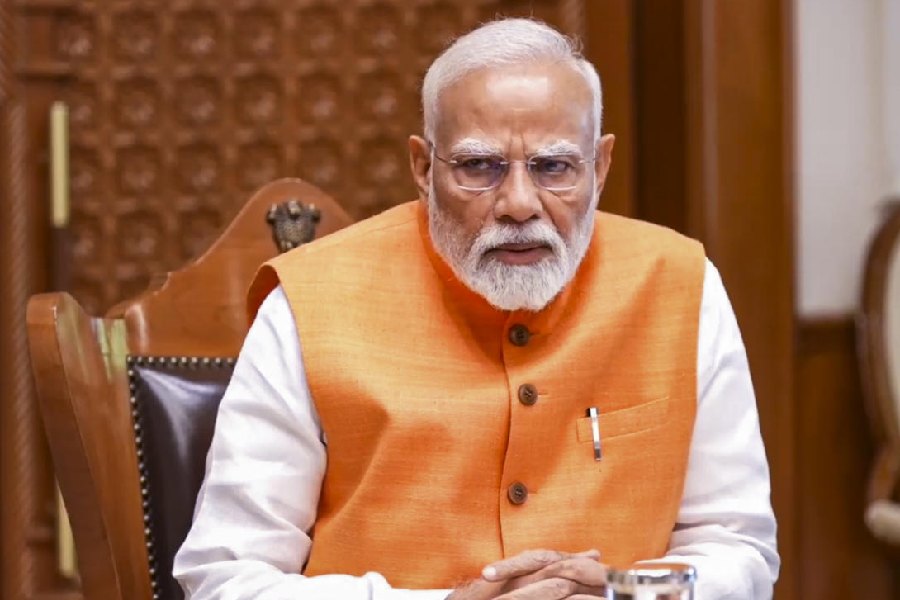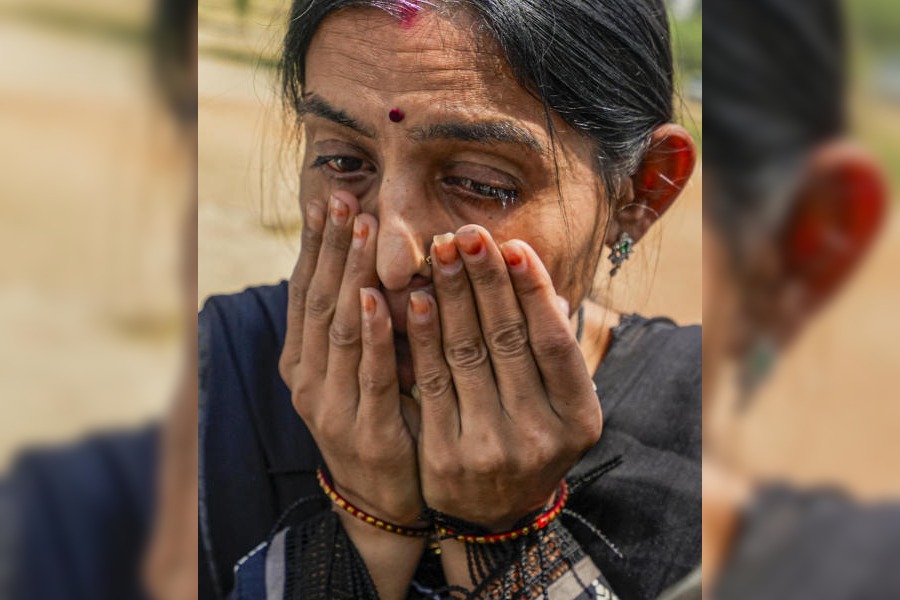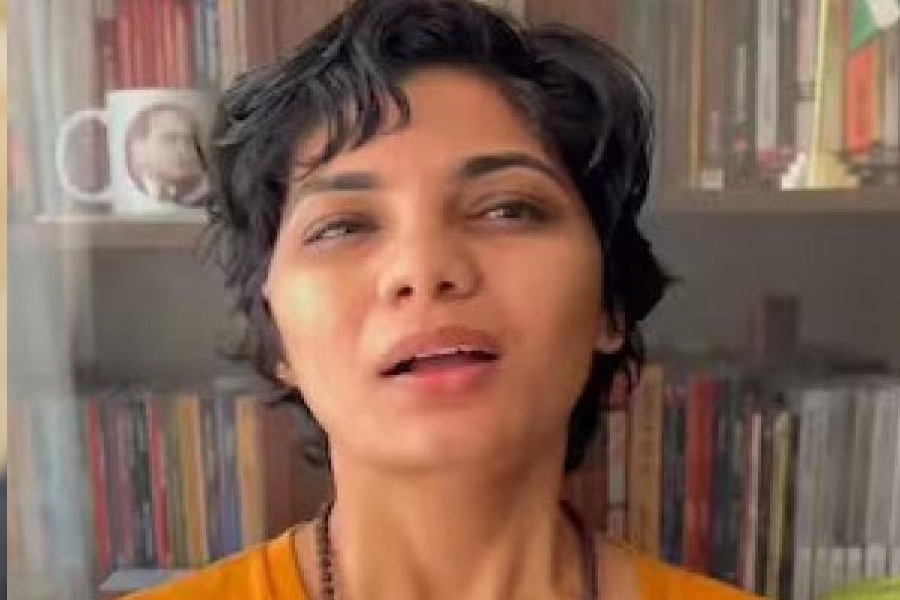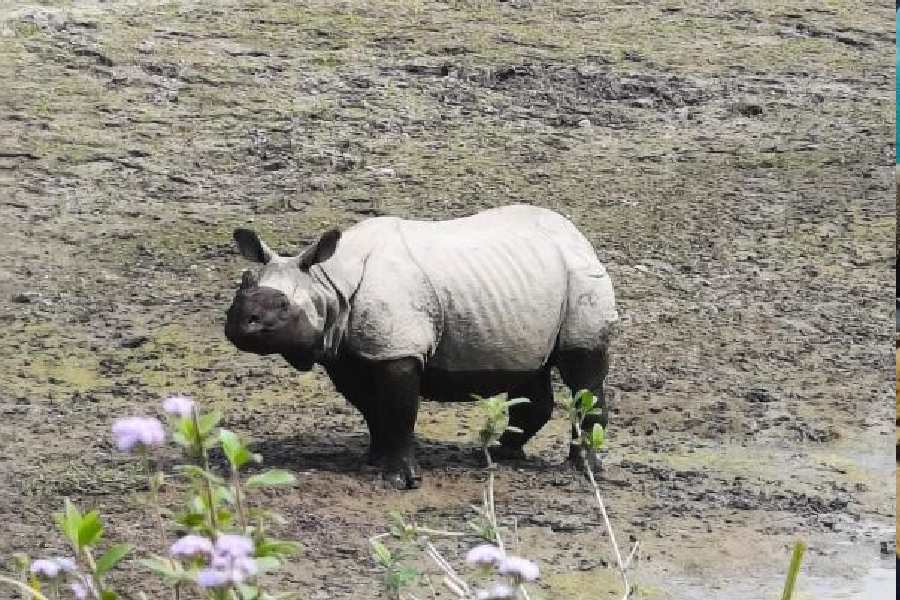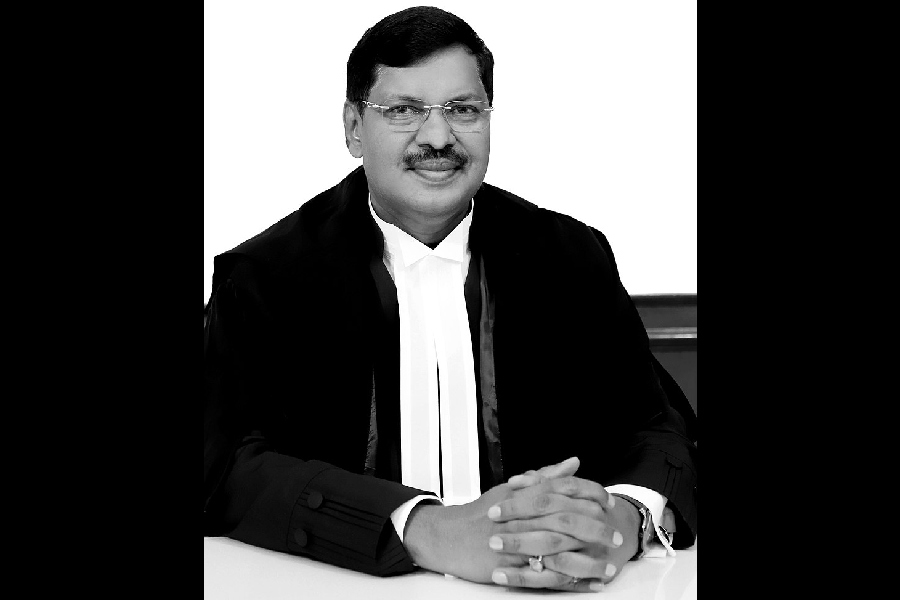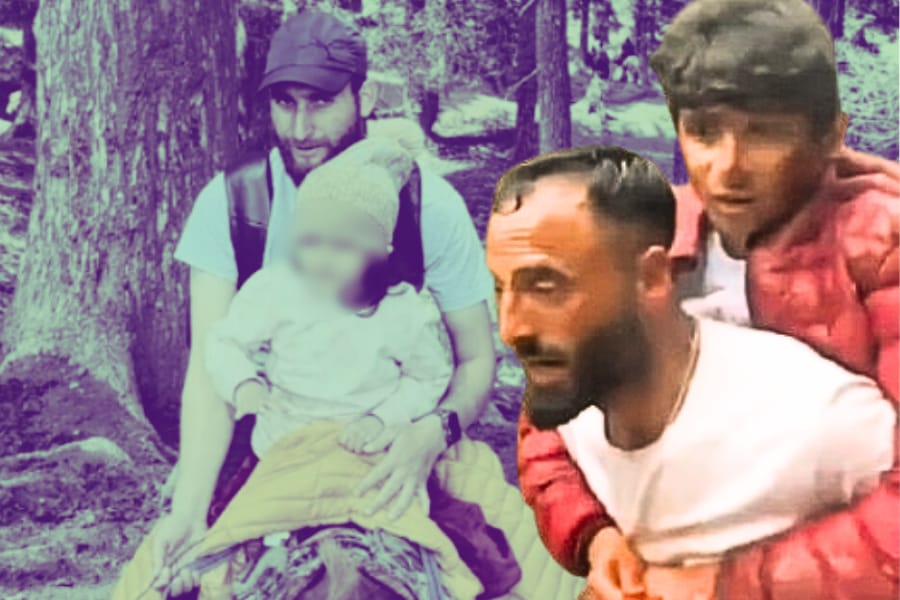
Calcutta: The state government is in a dilemma over what to do with the Vivekananda Road flyover, part of which collapsed two years ago, after IIT Kharagpur recommended that the structure be dismantled because it is unsafe and predicted that rebuilding it would not ease north Calcutta's traffic problems.
Construction of the long-delayed 2.2km flyover came to a halt after a 41-metre deck slab fell on the Vivekananda Road-Rabindra Sarani crossing on March 31, 2016, killing 26 people. The sight of the remaining portion of the structure still infuses fear in the minds of commuters who have to spend any more than a few seconds under it.
The report by a team from IIT Kharagpur identifies the portion between Ganesh Talkies and Girish Park as unsafe because of "poor design, poor material and poor workmanship". It also raises questions about the accuracy of the state government's traffic survey, on the basis of which the Rs 168-crore project was commissioned in September 2008.
Even if the flyover were to be rebuilt from scratch, it would in all likelihood be a one-way passage for Girish Park-bound vehicles from Howrah, a senior official of the state government said.
A committee headed by chief secretary Moloy De failed to take a decision on whether to dismantle and rebuild the flyover at its first meeting in February. The report by IIT Kharagpur was submitted on January 8.
Some of the committee members suggested seeking a second opinion before dismantling the structure, as recommended by the IIT team that had revisited the flyover project "from both the structural and traffic point of view".
"We are planning to seek a second opinion from another private agency. An agency will be given the contract to do a detailed study of traffic flow and structural safety. But even if the flyover is restored, it has to be a one-way road. Otherwise, it will create severe congestion at the Howrah-end," the official said.
The IIT report suggests that if the flyover handles two-way traffic, new traffic signals would need to be installed at the Calcutta end of Howrah bridge, in which case there might be severe traffic snarls on both the bridge and the flyover. This, in turn, would affect traffic along Strand Road and MG Road.
"Queues are expected on the flyover and even the outgoing traffic (towards Calcutta) on Howrah Bridge might be disrupted," the report states.
The IIT report also mentions a possible conflict between Howrah-bound traffic coming down the flyover and vehicles approaching from Howrah bridge.
A police officer said if vehicles coming down the flyover wanted to climb Howrah bridge, they would need to take a U-turn under the Brabourne Road flyover. This would entail stopping vehicles from Howrah bridge and Strand Road.
"During peak hours, this will created a long tail of vehicles," the officer said.
A section of officials said the traffic survey done before sanctioning the project was a comprehensive one and that the Vivekananda Road flyover would surely solve the traffic problems of north Calcutta to a large extent.
"There should be justification for constructing a structure, not dismantling it," said a government official who is part of the committee. "Even if the flyover is restored and one-way traffic is allowed, this would mean a free flow of vehicles from Howrah to the heart of Calcutta. Besides, dismantling the structure would involve huge costs."
As the debate rages, traffic congestion is the daily reality of Vivekananda Road. Many drivers who drive under the broken bridge feel unsafe. A resident of Dum Dum driving towards Esplanade through Girish Park recently found himself under the half-built bridge because of a rally-induced traffic diversion. He spent 20 nervous minutes there, his mind often wandering to the 2016 tragedy.
"There was congestion and my car was hardly moving under the flyover. I am not a particularly nervous person but I was praying that day," he said.
WHAT THE EXPERTS SAY
• The flyover suffers from design, material and workmanship deficiencies, due to which it is very difficult to specify which portion of the structure is safe and which portion is not
• Retrofitting of the existing structural system is not the obvious choice as it is not possible to establish the exact condition of the existing system
• Fresh expenditure to the tune of more than 60 per cent of the project cost may be necessary for restoration, if at all effective restoration is possible with the constraints indicated. Even after this, the flyover may not meet the desired objectives.
• In view of changes in traffic pattern, an in-depth analysis is required to evaluate the effectiveness of the proposed flyover
• Howrah-bound traffic using the flyover is expected to have serious conflict with the traffic generated from Rabindra Setu (Howrah bridge)


